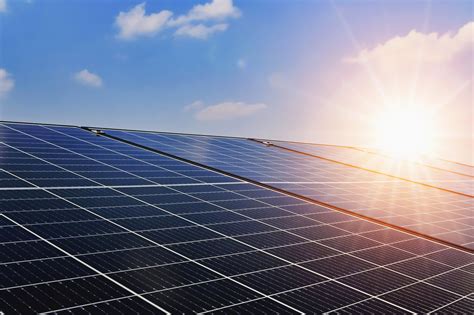Solar energy has marked a new milestone by generating one-fifth of global electricity at midday on the summer solstice. This headline brings a breath of fresh air amid growing environmental concerns. We’ve long believed that the sun’s energy is boundless, but translating this into tangible, widespread utility demands rigorous effort. The recent increase in solar capacity signifies not just technological advancement but a significant cultural shift towards a more sustainable future. However, as this topic garners praise, it also invites scrutiny and debate. For instance, the enthusiasm around rooftop solar installations emphasizes individual independence from the grid. Yet, the complexities of energy generation and distribution reveal a much richer, and sometimes contradictory terrain.
Rooftop Solar: A Personal Revolution
The comments surrounding rooftop solar reflect a microcosm of societal change, from simple adoption stories to profound implications for energy autonomy. One user shared their experience of installing a 7.3kW system, comfortably boasting a $57 reduction on their electricity bills and an output of 50.17 kWh in one day. Such stories fuel the appeal of rooftop solar, likening it to having your own vegetable garden—a profound step towards energy independence. The beauty lies in its promise of reducing dependence on traditional power sources while fostering a sense of individual contribution to climate action.
Yet, this optimism must be balanced with pragmatic considerations. The path from mining raw materials to producing, using, and finally disposing of solar panels remains energy-intensive. This laborious process may temporarily dampen the buoyancy of solar energy advocacy, especially when juxtaposed against the larger, more commercial-scale utility efforts. Detractors argue that utility-scale solar systems offer better capacity factors and economics of installation. They highlight that panels place better in deserts, achieving energy payback in about a year compared to 2.5 years for residential installations. Is utility-scale solar the way forward to achieve a global low-CO2 economy, or do individual installations play a crucial bridging role?
This debate naturally funnels into a discussion on the role of energy storage. Without efficient storage solutions, the power generated by solar panels during peak sunlight hours may not sync well with actual consumption patterns. Technological advancements in battery storage offer a beacon of hope, aiming to make homes completely independent of the grid. However, challenges remain. Integrating more residential solar into the grid complicates the existing structure, requiring upgrades in distribution and transmission capacities. This underscores that more solar installations should perhaps be aimed at augmenting existing infrastructure rather than creating redundant or performative benefits.
Moreover, the environmental footprint of solar panels cannot be casually ignored. Although producing solar panels is still energy-intensive, advocates argue the real issue lies with the energy source fueling these processes. Transitioning to cleaner energy for manufacturing could mitigate these concerns. The data seems promising: solar panels now achieve energy positivity within 1-2 years, making them a ‘no-brainer’ as part of the grid mix. The dialogue continues to evolve, and so do the technical and strategic approaches, aiming at making energy-intensive sound not problematic but a pledge towards a more conscientious and ambitious method of energy generation.
The broader picture of solar energy continues to unfold with its inherent complexities and incremental triumphs. While it’s encouraging to hit new output peaks on the summer solstice, we must remember it’s only one piece of an intricate environmental puzzle. Advocating for net-zero emissions targets by 2050, rather than 2030 or even 2020, reflects the enormity and urgency of the task. Utility-scale, residential, and industrial solar installations each have roles to play in this journey. An equitable and strategic balance between them must be achieved to truly harness the sun’s potential sustainably and effectively.
In conclusion, the surge in solar power isn’t just about harnessing an endless energy supply; it’s about reshaping societal attitudes, technological frameworks, and economic models. Solar energy advocates, planners, and engineers need to navigate this complex terrain thoughtfully. There’s a clear mandate to push for cleaner energy sources, improve storage solutions, and integrate distributed generation into our current systems. All these efforts must align towards a coherent and sustainable future. True progress will come not just from technology but from a collective and well-informed effort spearheading this energy revolution.


Leave a Reply